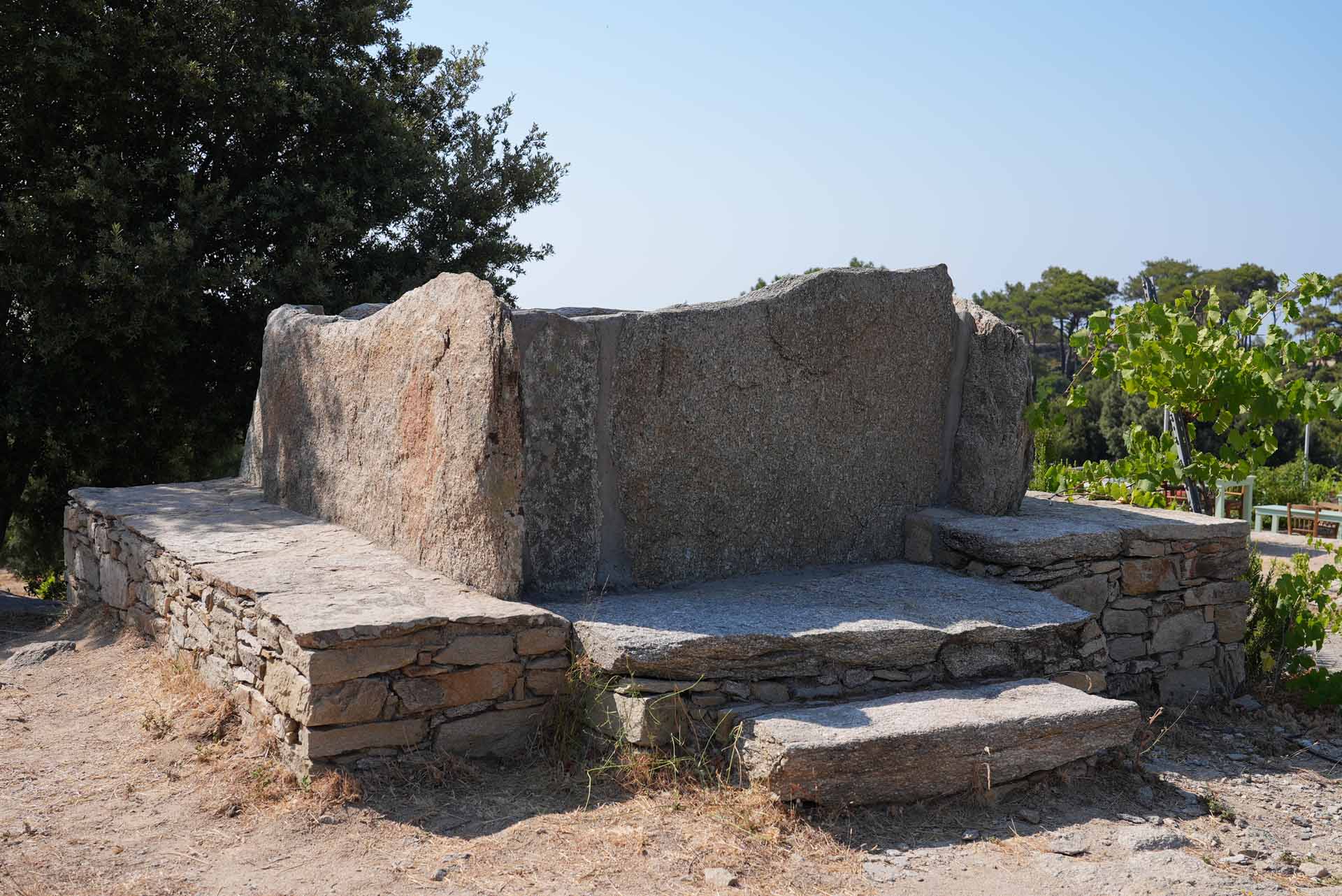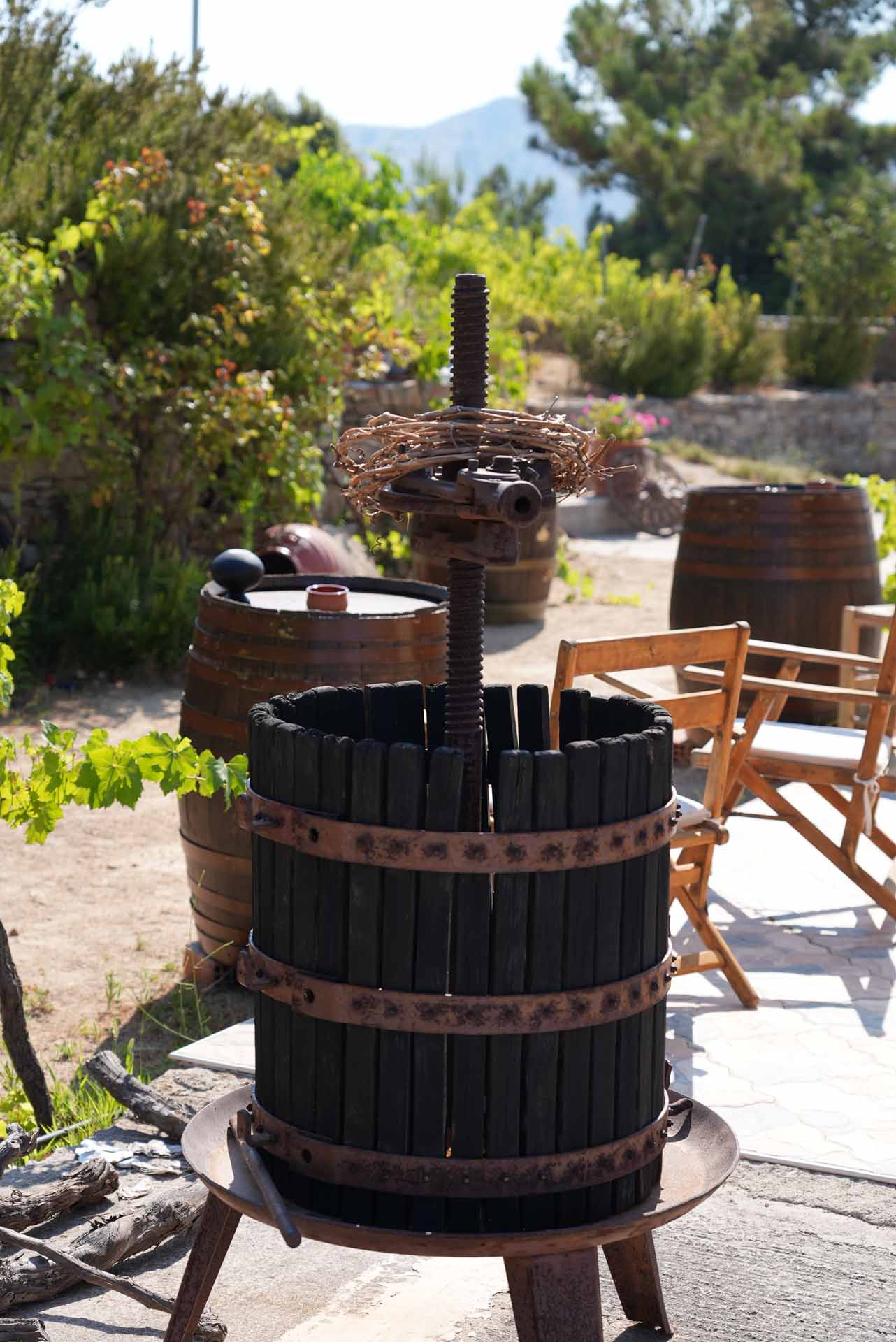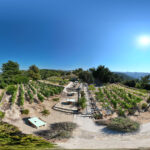The History of Ikaria is often intertwined with the threads of Mythology. Beyond the Myth of Icarus, from which the island derives its modern name, it was once called Makris—a name that is far from random. Makris was the nurse of Dionysus, the god of the vine and later of wine, who was worshipped on the island along with the goddess Artemis. Place names in Ikaria (Keros, Kisses, etc.) attest to the island’s millennia-long human presence, where the mythical Dionysus is said to have gifted the Pramnian wine.
The renowned wine of antiquity, Pramnian wine, is mentioned in works such as Homer’s Odyssey and Athenaeus of Naucratis’ Deipnosophistae. It is described as a wine that is neither sweet nor rich but rather harsh and austere. From the 15th century AD, it is also noted in the writings of European travelers, and up until the 19th century, there are documented accounts of the continued cultivation of specific grape varieties, the harvest, and the production process involving clay vessels buried in the ground.
In antiquity, there are two versions of the origin of the name Pramnian wine. According to one, it was named so because it soothes wrath (praÿnei to menos). Another theory attributes the name to Mount Pramne in Ikaria, where the vines were cultivated. What is certain is that it is a naturally high-alcohol dry wine, a rarity found in only a few places worldwide.
Before the island’s vineyards were struck by phylloxera in the early 20th century, viticulture flourished on Ikaria, and Ikarian wine was recorded in contemporary sources as a profitable commercial product. Agricultural cooperatives valued viticulture highly, and winemaking initiatives began to emerge. However, progress in this direction was halted by a large wave of emigration driven by the severe economic difficulties of the Greek State. The migration of a significant portion of Ikaria’s population led to the gradual abandonment of farming.
Later, with State support, the cultivation of the Fokiano grape variety was promoted on the island. By the late 20th century, the planting of vineyards as monocultures on terraced slopes became common, and local varieties such as Fokiano, Begleri, and Kountouro were recognized as key elements of Ikarian winemaking.
In 2006, the designation “Geographical Indication Local Wine” was officially granted to Ikarian wine.
















